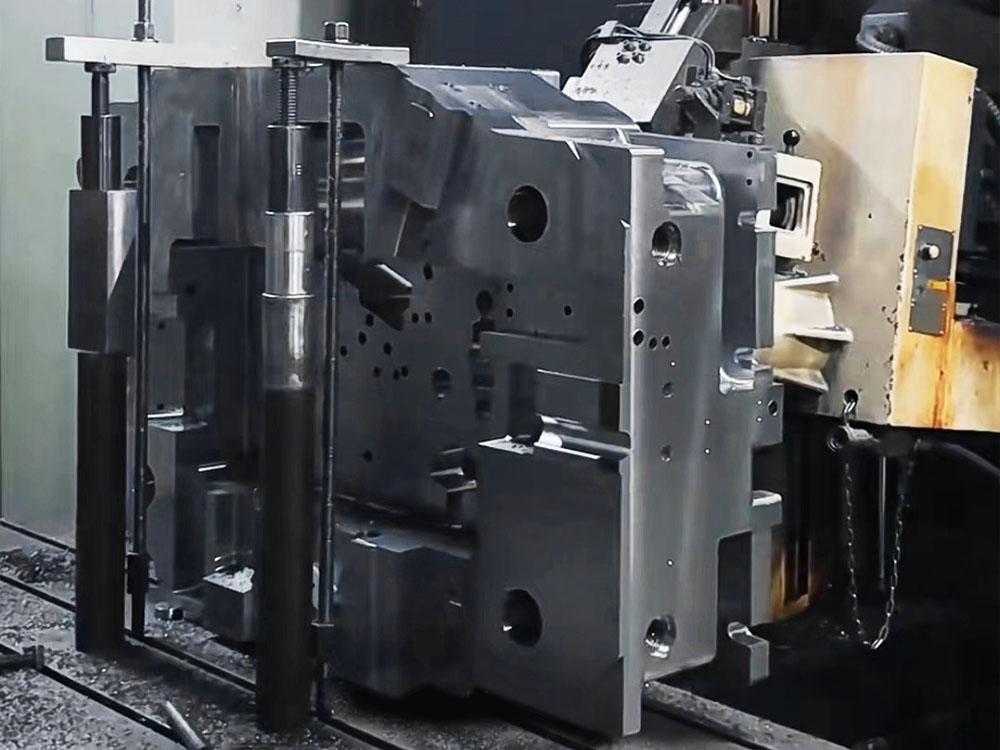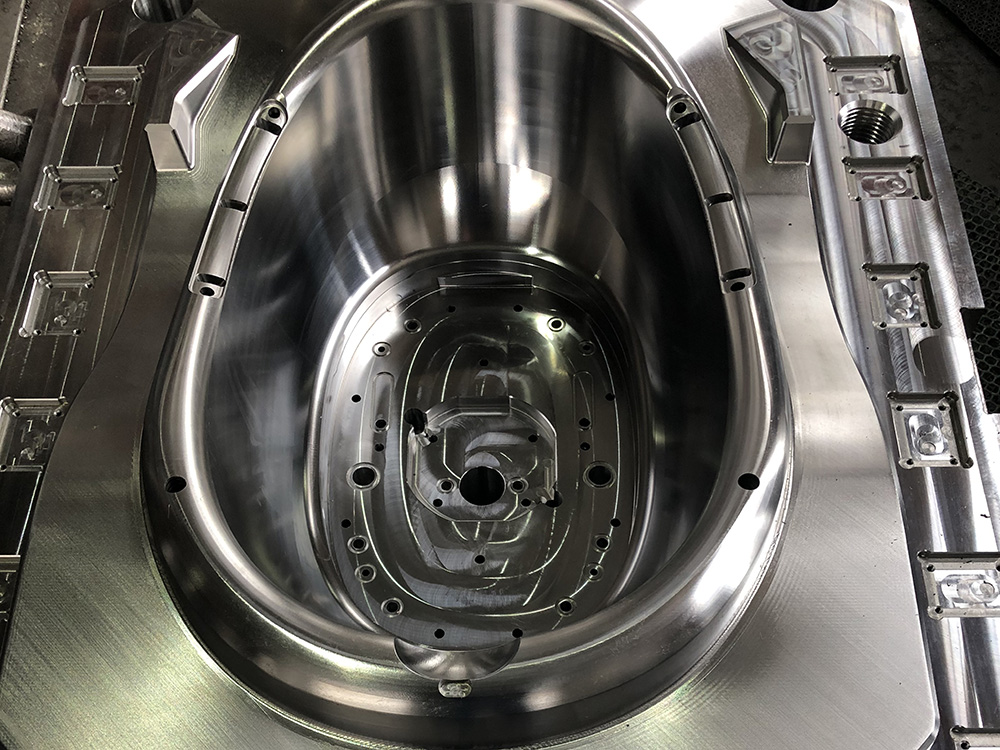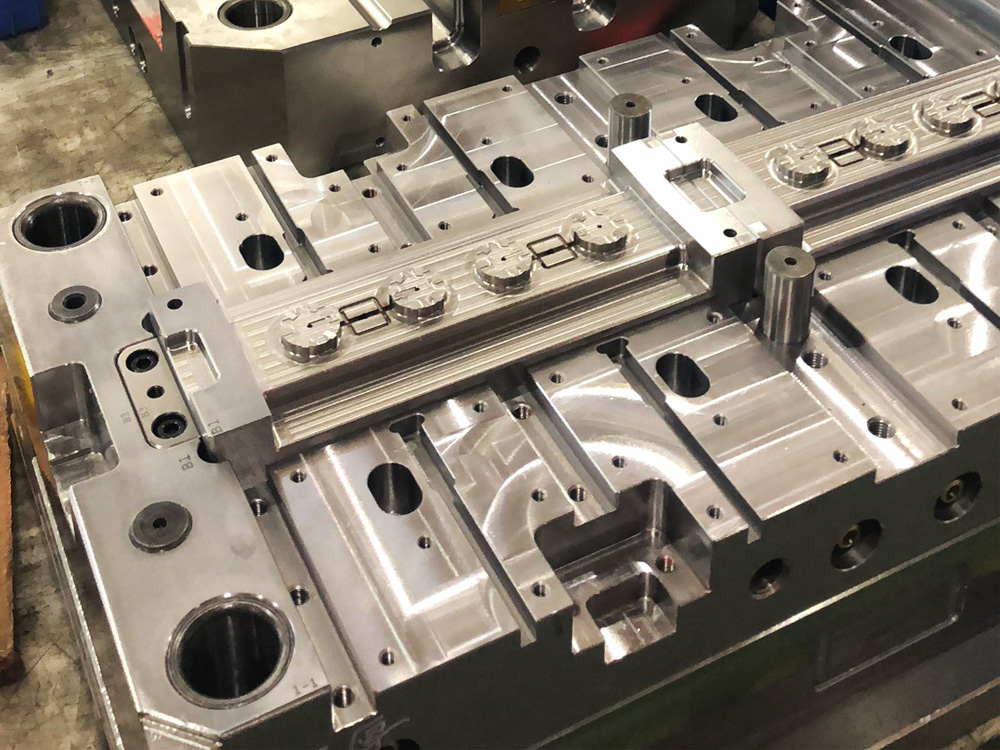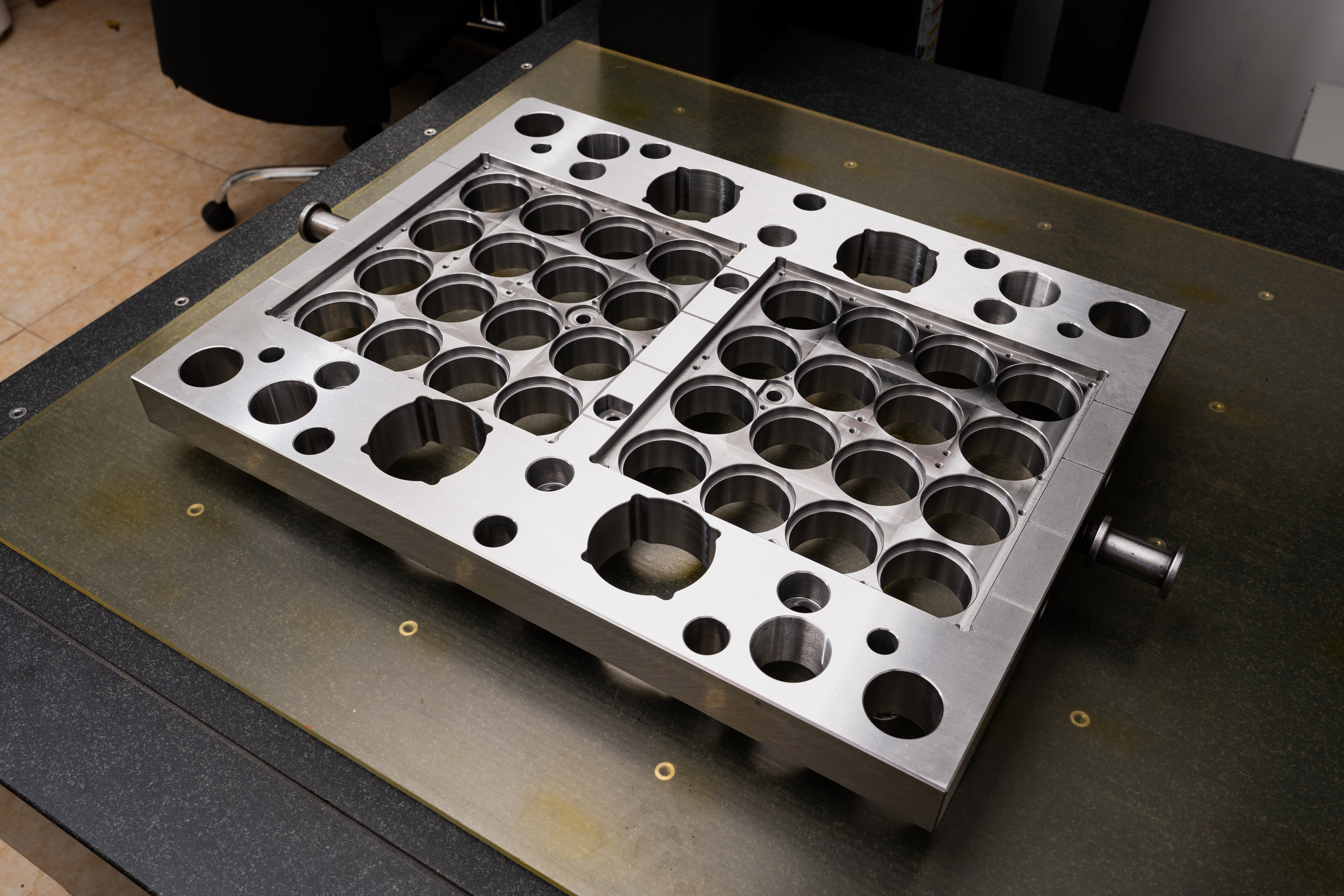Process of Using a Template in the Mold Base Industry
Introduction:
In the mold base industry, the use of templates plays a crucial role in the efficient and accurate production of high-quality molds. Templates provide a standardized starting point for creating molds, ensuring consistency and reducing errors. This article will outline the process of using a template in the mold base industry, highlighting the key steps involved in this important procedure.Step 1: Selection of the Template
The first step in the process is the selection of an appropriate template. The choice of template depends on the specific requirements of the mold being produced. Factors such as the size, shape, and complexity of the mold need to be considered when selecting the template. It is essential to ensure that the template aligns with the design specifications and the desired end result accurately.
Step 2: Preparation of the Template
After selecting the template, it is crucial to prepare it before using it for mold production. This involves cleaning the template thoroughly to remove any dirt or contaminants that could affect the mold's quality. Additionally, the template may require surface treatment to enhance its durability and prevent corrosion during the production process.
Step 3: Alignment and Clamping
In this step, the template needs to be aligned properly with the mold base. This requires a high level of precision and attention to detail. The template is positioned on the mold base, ensuring that all the necessary guiding and alignment features are properly matched. Once aligned, the template is securely clamped to the mold base, ensuring that it remains in place during subsequent stages of the mold production process.
Step 4: Machining the Template
Once the template is securely clamped, the next step is to machine it to create the required features and details. This involves using specialized tools such as milling machines, drilling machines, and lathes to accurately shape the template according to the design specifications. The machinist carefully operates these machinery, following the predefined instructions to ensure precise and accurate machining of the template.
Step 5: Quality Control
After the machining process, it is crucial to perform quality control checks on the template. This involves inspecting the template's dimensions, surface finish, and other critical parameters to ensure they meet the required standards. If any deviations or defects are identified, necessary corrective actions are taken before proceeding to the next stage of mold production.
Step 6: Template Removal
Once the template has been successfully used for mold production, it needs to be removed from the mold base. This is typically done using a combination of tools and techniques based on the specific design and clamping mechanisms used in the mold base. Care must be taken during the removal process to prevent any damage to the mold base or the template itself.
Conclusion:
In the mold base industry, the process of using templates is a critical step in the production of high-quality molds. The selection, preparation, alignment, machining, quality control, and removal of the template are all essential to ensure accurate, consistent, and efficient mold production. By following these steps diligently, mold base manufacturers can streamline their production processes and deliver molds that meet the highest industry standards.




